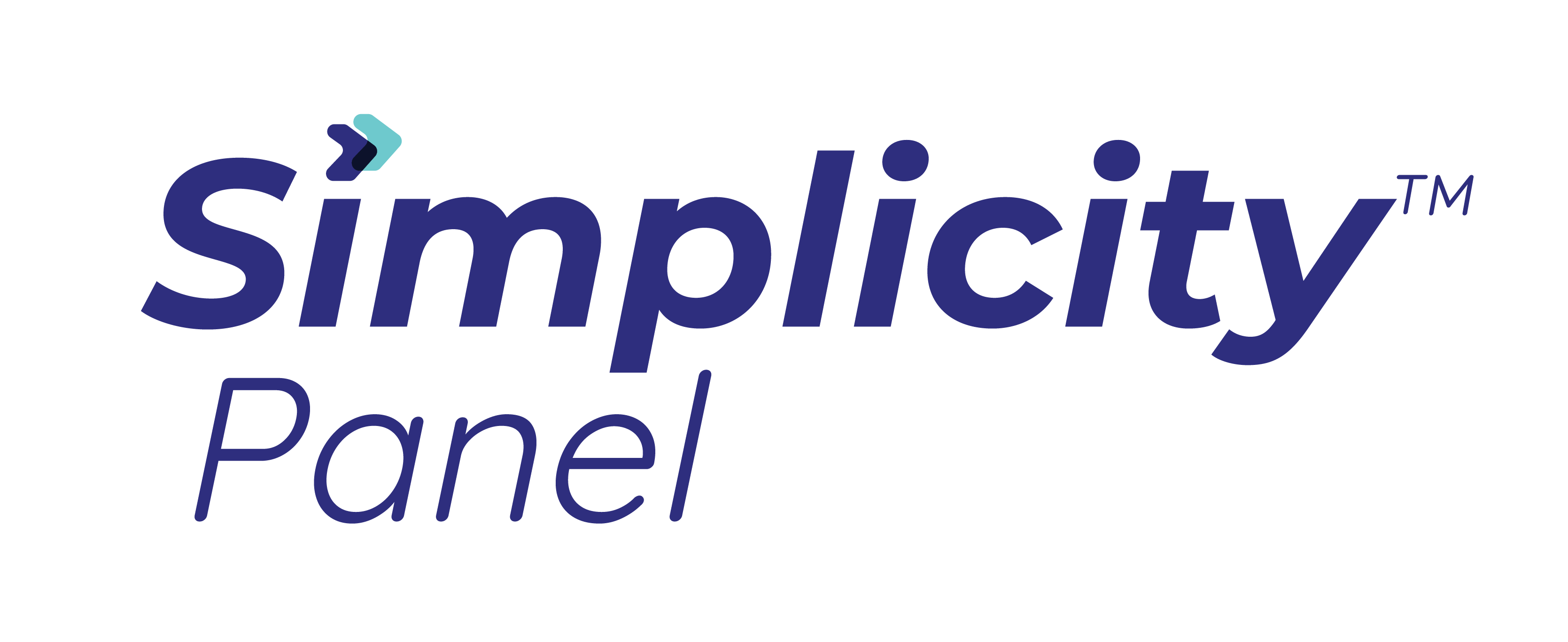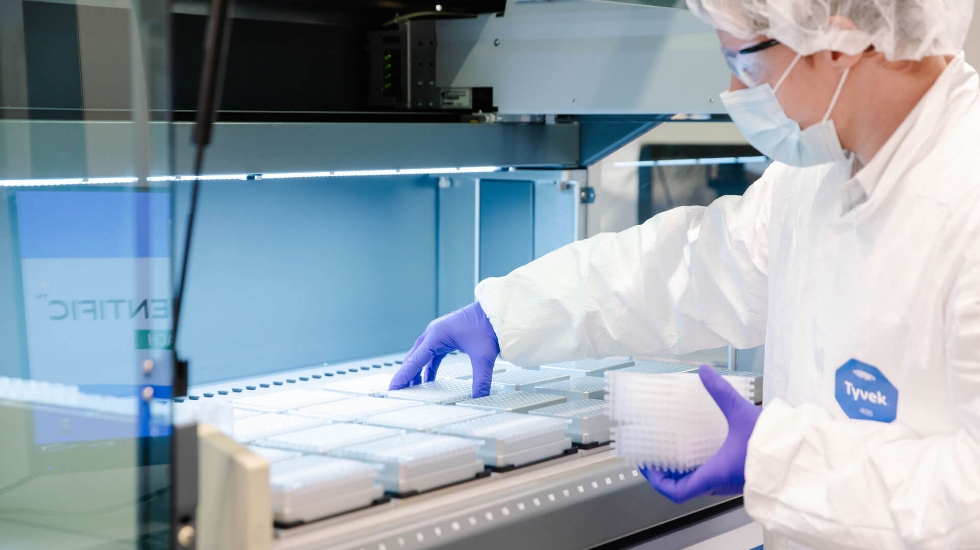Traditional Workflow
Molecular Designs Simplicity PanelsTM
Make master mix
Master mix costs & challenges- Trained personnel required for master mix preparation
- Personnel time dedicated to making master mix
- Dedicated equipment for master mix preparation (liquid handlers, clean air workstations, pipettes, centrifuges)— requires regular calibration, maintenance, and lab space
- Costs of consumables (pipette tips, reagent reservoirs, tubes)
- A greater chance for error or contamination when adding together multiple reagents
- More difficult to conduct investigations into failures when the workflow is complex
- Careful inventory management to maintain adequate reagent or consumable supplies
- Supply chain complexity: multiple vendors and variable lead times
- Technical and scientific support available
- Overages of reagents needed to fill appropriate number of wells
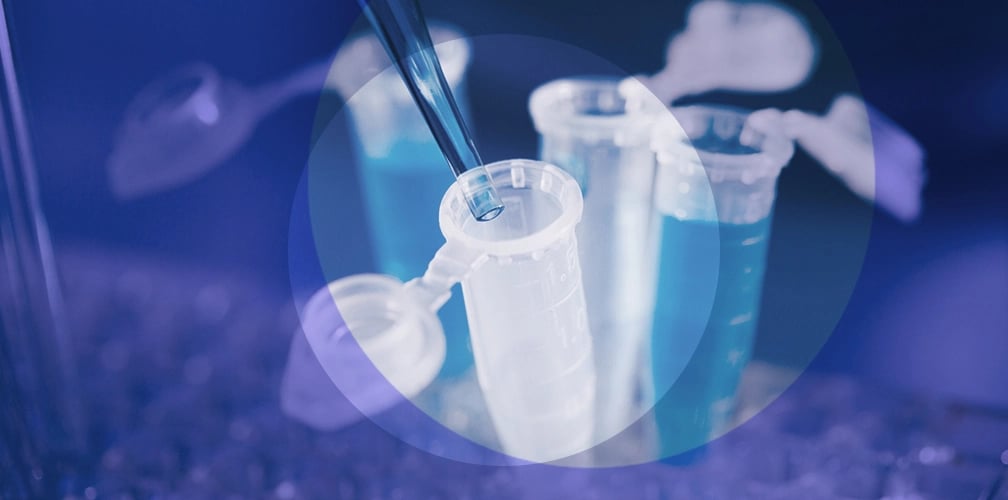
No master mix assembly required
Order ready-to-use plates containing a complete master mix—all primers, probes, enzymes included.
Prepare PCR plate
PCR plate preparation costs and challenges- Trained personnel required for plating master mix
- Personnel time dedicated to plating
- Dedicated equipment for plate preparation (liquid handlers, clean air workstations, pipettes, centrifuges)— requires regular calibration, maintenance, and lab space
- Costs of consumables (pipette tips, reagent reservoirs, tubes)
- A greater chance for error or contamination when adding master mix to the PCR plate, particularly with multi-target panels
- Technical and scientific support available
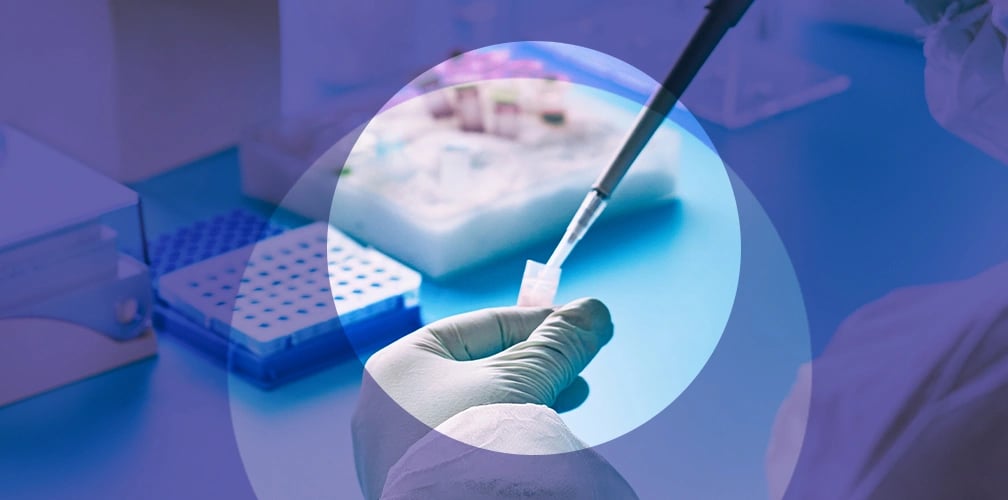
No plating of master mix required
All reagents are pre-plated in breakaway plates, letting you select the number of columns you need and keep the unused reagents for the next run.
Add samples (standard PCR plate)
Sample addition costs and challenges- Standard 96-well plates must be filled with samples to maximize reagent ROI
- Holding samples for batching in order to maximize reagent use increases turnaround times
- Samples stored for batching may degrade, leading to repeat sampling or inaccurate results
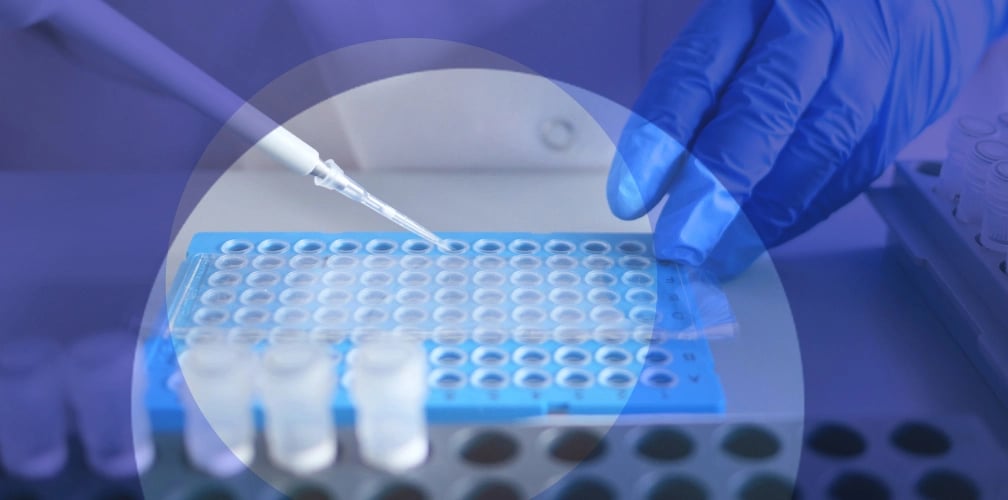
Add samples (breakaway PCR plate)
A simple 2-step PCR workflow increases lab productivity and profitability.- Decrease turnaround times.
- Increase assay throughput
- Lower error rate
- Better user experience for lab staff.
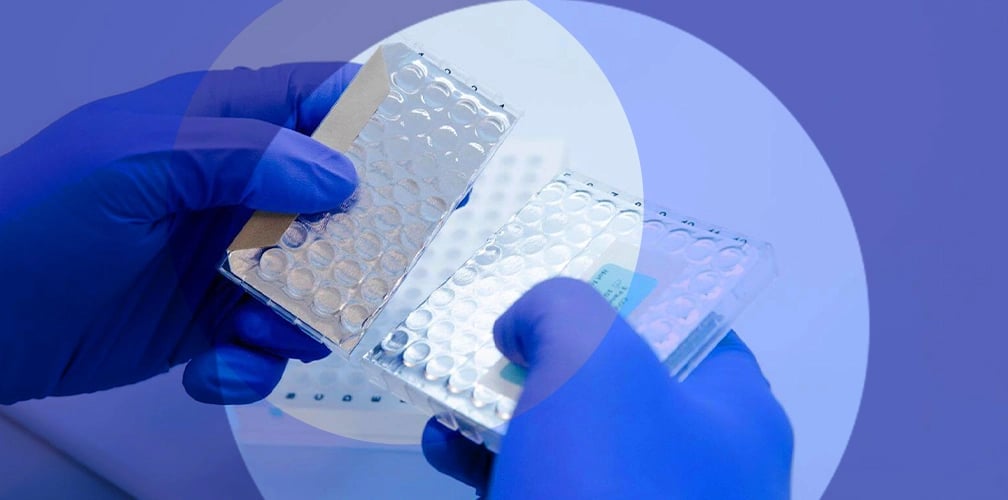




.png?width=200&height=200&name=Scribble%20(14).png)




